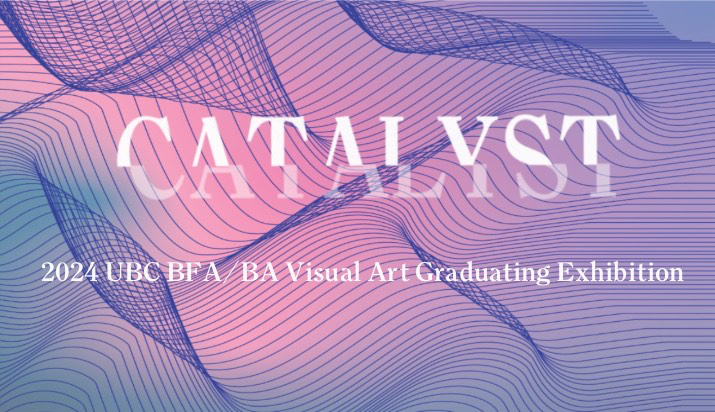Co-hosted by The Department of Art History, Visual Art & Theory and The Department of Philosophy.
Programme
11.00-11.15 Introductory Remarks: Dominic McIver Lopes
11.15-12.00 Kathryn Brown: ‘The Spectator as Performer’
12.00-12.30 Discussion
12.30-1.30 Lunch
1.30-2.15 Bence Nanay: ‘The Hitchcock Paradox’
2.15-2.45 Discussion
2.45-3.15 Coffee
3.15-4.00 James Young: ‘Artworlds and Audiences’
4.00-4.30 Discussion
4.30-5.00 Panel Discussion and Closing Remarks
Abstracts of Papers
Kathryn Brown (UBC): ‘The Spectator as Performer’
Taking specific examples from nineteenth-century painting, this paper identifies various invitations extended to the spectator to perform a role in relation to the fiction represented on the painted surface. I argue that the invitation to perform is a crucial part of the content of the work that enhances our experience of, and interaction with, that work. By considering a variety of critical responses in recent art historical literature to selected nineteenth-century paintings, I explore how a performative view of spectatorship not only assists in the interpretation of pictorial content, but also avoids ontological confusion between the actual space of the spectator and the fictional space of the representation. I distinguish the role of the spectator as performer from Wollheim’s concept of the internal spectator and from Kendall Walton’s concept of visual make-believe in relation to representation.
Bence Nanay (Syracuse and UBC): ‘The Hitchcock Paradox’
The aim of this paper is to analyze the mental processes that make it possible for the spectator to engage with a fictional character. Character engagement is most often explained in terms of ‘imagining from the inside’ the experiences of the fictional character. I argue that this way of explaining character reengagement cannot explain what I call ‘the Hitchcock paradox’: the phenomenon that often the more dissimilar the mental
states of the spectator and the fictional character are, the stronger is the spectator’s engagement with the fictional character. I propose an alternative account that is consistent with and explains the Hitchcock paradox.
James Young (University of Victoria): ‘Artworlds and Audiences’
The thesis of this paper is that audiences play a crucial but under-appreciated role in the functioning of a well-ordered artworld. A well-ordered artworld is a system for the production and appreciation of aesthetically valuable works of art. This system can break down if artists cease to be responsive to an audience or if audiences cease to be critically informed about artworks. I suggest that the contemporary artworld has broken down in both ways.


